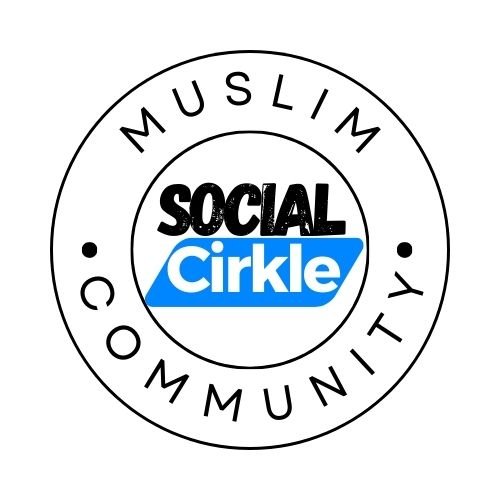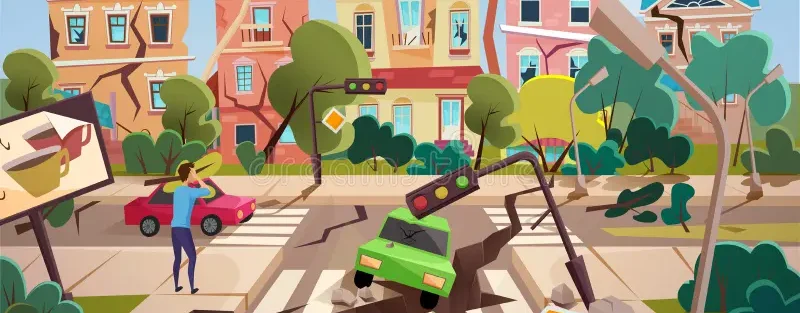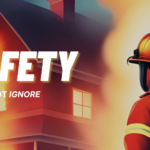What is an Earthquake?
- An earthquake is the sudden shaking or vibration of the Earth’s surface caused by the movement of seismic waves. These waves are generated when there is a sudden release of energy in the Earth’s lithosphere.
Why Do Earthquakes Happen?
- Earthquakes primarily occur due to the movement of tectonic plates beneath the Earth’s crust. These movements create stress in the Earth’s surface, which, when released, results in seismic activity.
The Impact of Earthquakes
- Earthquakes can cause widespread destruction, including:
- Infrastructure damage – Buildings, bridges, and roads collapse.
- Human casualties – Thousands of people can be injured or killed.
- Environmental effects – Landslides, soil liquefaction, and tsunamis.
- Economic loss – Billions of dollars in damages and long-term economic setbacks.
Causes of Earthquakes
1. Tectonic Plate Movements (Most Common Cause)
- The Earth’s crust is divided into large pieces called tectonic plates that float on the semi-fluid mantle. Their interactions cause earthquakes:
- Convergent Boundaries (Collision Zones) – When two plates collide, one may be forced beneath the other (subduction), causing strong earthquakes. Example: The 2011 Japan Earthquake.
- Divergent Boundaries (Spreading Zones) – Plates move apart, creating tension that leads to earthquakes. Example: Earthquakes along the Mid-Atlantic Ridge.
2. Volcanic Activity
- Some earthquakes are caused by volcanic eruptions, where magma movement and gas pressure create seismic activity.
- Example: The 1980 Mount St. Helens eruption triggered multiple earthquakes before the explosion.
3. Human Activities (Induced Earthquakes)
- Mining and Drilling – Extracting minerals and oil weakens rock structures.
- Hydraulic Fracturing (Fracking) – Injecting water and chemicals into rock layers can cause minor earthquakes.
- Reservoir-Induced Seismicity – Large dams and reservoirs increase pressure on the Earth’s crust, triggering earthquakes.
Precautions Before an Earthquake
1. Building Safety Measures
- Earthquake-resistant structures – Use of flexible materials, reinforced steel, and shock absorbers. Example: Tokyo’s skyscrapers are designed to sway instead of collapsing.
- Retrofitting old buildings – Strengthening older buildings to withstand tremors.
2. Emergency Kits
- A survival kit should include:
- First aid supplies.
- Bottled water (at least 3 days’ supply).
- Non-perishable food.
3. Family Emergency Plan
- Designate safe spots in your home, such as under sturdy tables.
- Establish a meeting point in case family members are separated.
- Learn evacuation routes and emergency numbers.
Safety Measures During and After an Earthquake
During the Earthquake
1. Indoors:
- Drop, Cover, and Hold On
- Drop to your hands and knees.
- Cover under a sturdy object like a table.
- Hold on to it until the shaking stops.
- Stay away from windows, glass, and heavy furniture.
- Do not use elevators.
2. Outdoors:
- Move to an open area away from buildings, trees, and power lines.
- If driving, stop safely but stay inside your vehicle.
After the Earthquake
1. Check for Injuries & Help Others
- Provide first aid to the injured.
- Do not move seriously injured individuals unless they are in danger.
2. Avoid Damaged Buildings
- There may be aftershocks that could cause additional collapses.
- Be cautious of gas leaks, fires, and fallen power lines.
Conclusion
- Earthquakes are natural disasters that can cause significant destruction, but preparation and awareness can help minimize risks.
- Understanding causes, precautions and safety measures is essential to saving lives.
- Stay informed, stay prepared, and always have an emergency plan in place.





